A Random Art History of the Sense of Smell
Once upon a time, philosophers divided the senses into the noble, intellectual senses of sight and hearing, and the proximity senses of taste and touch, considered more physical and animal. The sense of smell was positioned at the junction of these two groups, and just kind of ignored. Plato, Aristotle, Kant, and Descartes all wrote about the sense of smell at one point or another and dismissed it as a coarse and undeveloped sense, one that leads to more unpleasant experiences than pleasant ones (ha!), or couldn’t deal with how subjective scent is.
In the 18th century, the Sensualist movement came about. In opposition to the intellectualizing philosophers of the past, the Sensualists vaunted the importance of feeling as a part of knowledge. Diderot considered the sense of smell to the sense of the imagination and love. “Pity the man,” he wrote, “so insensitive as to unmoved by his mistress’s odor.”
The Ongee of the Andaman Islands live in a completely different culture. So into scent are they, that the universe and everything in it is defined by smell. Their calendar is constructed on the basis of the odors of flowers which come into bloom at different times of the year. Each season is named after a particular odor and possesses it’s own distinctive “aroma force.” Personal identity is also defined by smell: to refer to oneself, one touches the tip of one’s nose, a gesture meaning both “me” and “my odor.” When greeting someone, the Ongee do not ask “How are you?” but “konyune onornge-tanka? meaning “How is your nose?” Etiquette requires that if the person answers that he or she feels “heavy with odor,” the greeter must inhale deeply to remove some of the surplus. If the greeted person feels a bit short of odor energy, it is polite to provide some extra scent by blowing on his or her palm. The Ongee even paint their skin to trap their odors in their bodies to maintain their energy.
Perfume historians like to say that the first modern perfume is Jicky from 1889, because it was the first perfume to use synthetic ingredients (as opposed to all natural). In my opinion, I don’t see why that makes it art or not but I will say that it’s interesting that that is when perfumery came to be considered an Abstract Art, contemporary with Impressionist Painting. Scent is a lot like Impressionist Painting if you think about it. It conjures and alludes to something rather than showing it outright.
I think the moment is ripe for scent as a Conceptual Art movement. I think the popularity of niche fragrances (last year, 70% of scents sold were niche) shows that consumers are looking not just for better ingredients, but for something more interesting and deep. Artists like Carrie Patterson and Sissel Tolaas are using scent as a medium. And I’m thinking about the human heart and the tree of life as representations for compassion and humanity.

 April 26, 2009 at 5:46 |
April 26, 2009 at 5:46 |  Post a Comment
Post a Comment 
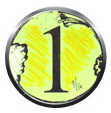
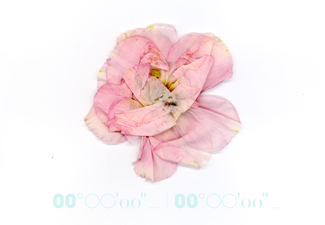
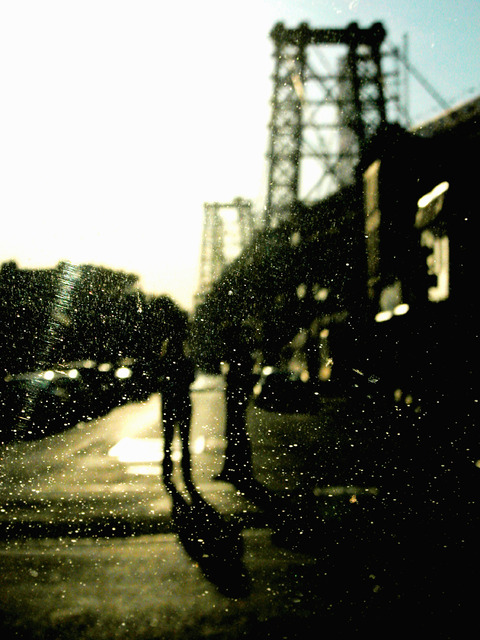









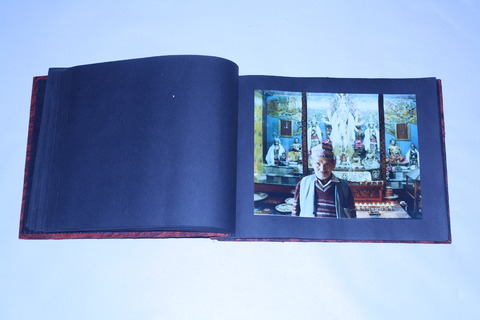

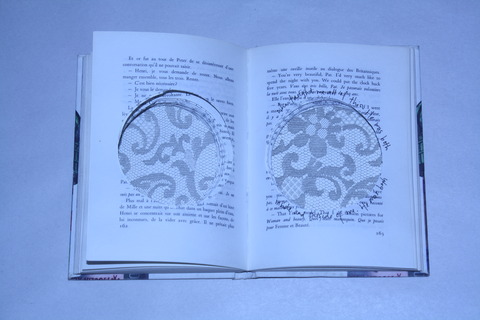
Reader Comments